20 Easy Plants to Grow Outside (With Pictures)
-
- Last updated:

If you’re new to gardening, you might not know how to get started. Many plants are fickle and require the care of an expert or professional. As a newbie, you will want to avoid these plants and select plants that are easy to grow outside instead.
Whether you are looking for gorgeous flowers or stunning trees, this article lists 20 plants that you can easily grow outside as a new gardener.
The 20 Easiest Plants to Grow Outside
1. Daffodil

| USDA Growing Zones | 4–8 |
| Sun Exposure: | Full to part shade |
| Soil Needs: | Loamy, moist, and well-drained |
The daffodil is one of the easiest flowers to start off with. They are practically pest-free, and the bulbs stay in the ground for years, which means you don’t have to replant them every year. To keep the garden tidy, cut back the foliage after it yellows.
2. Hydrangea

| USDA Growing Zones | 5–9 |
| Sun Exposure: | Full to part shade |
| Soil Needs: | Loamy, medium moisture, and well-drained |
Hydrangeas are one of the most popular flowers and with good reason. The flower heads last a long time, and they are simple to prune. There are tons of varieties when it comes to hydrangeas, allowing you to get a flower that perfectly matches your aesthetics.
3. Peony
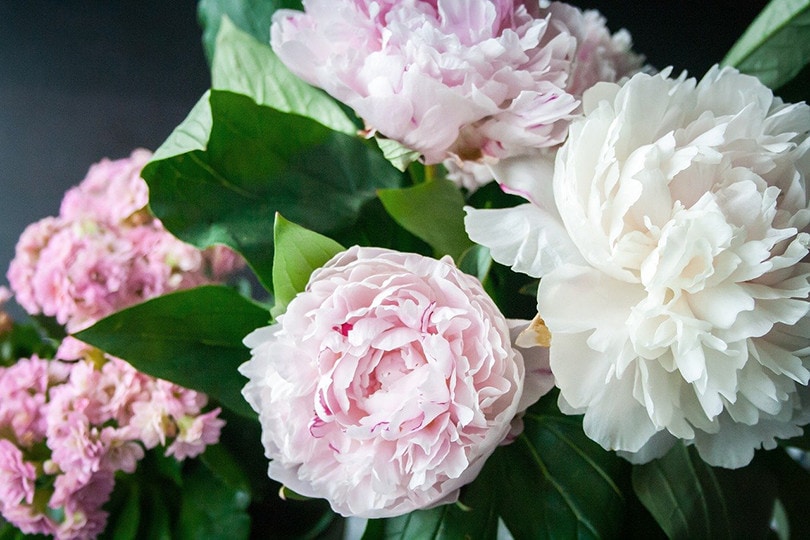
| USDA Growing Zones | 3–8 |
| Sun Exposure: | Full sun to part shade |
| Soil Needs: | Rich, medium moisture, and well-drained |
The peony is another popular flower. It looks showy in the landscape, but it is easy to grow. You can leave the flowers in the ground for years. All you will need to do is cut back the foliage after it dies.
4. Snowdrop
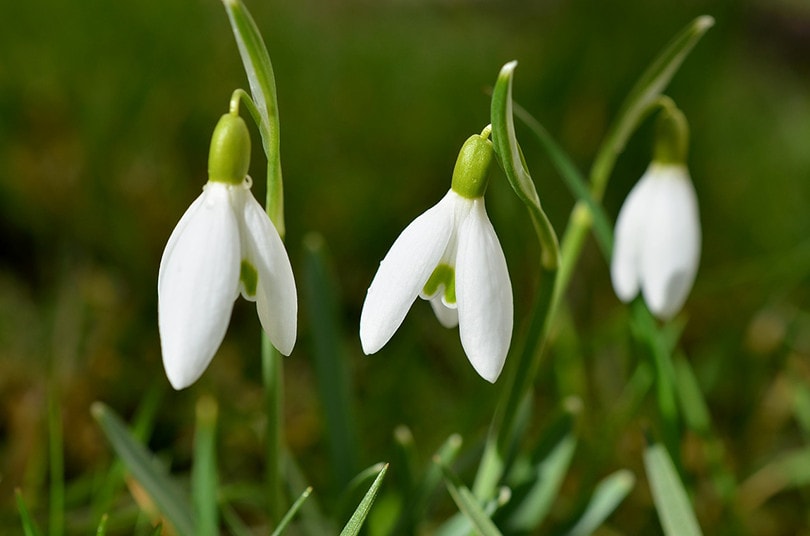
| USDA Growing Zones | 3–7 |
| Sun Exposure: | Full sun to part shade |
| Soil Needs: | Average, medium moisture, and well-drained |
Snowdrops are named as such because they are one of the first plants to bloom, and the flower heads sort of look like snowballs. You can expect snowdrops to pop up every year with little to no maintenance.
5. Periwinkle

| USDA Growing Zones | 4–8 |
| Sun Exposure: | Full sun to part shade |
| Soil Needs: | Average, dry to medium moisture, and well-drained |
Periwinkles are a great choice if you want to cover a lot of ground with one plant. This plant can tolerate just about anything, ranging from shade to rocky soil. Your number one job will be to prevent the periwinkle from growing everywhere as they grow that easily.
6. Crape Myrtle
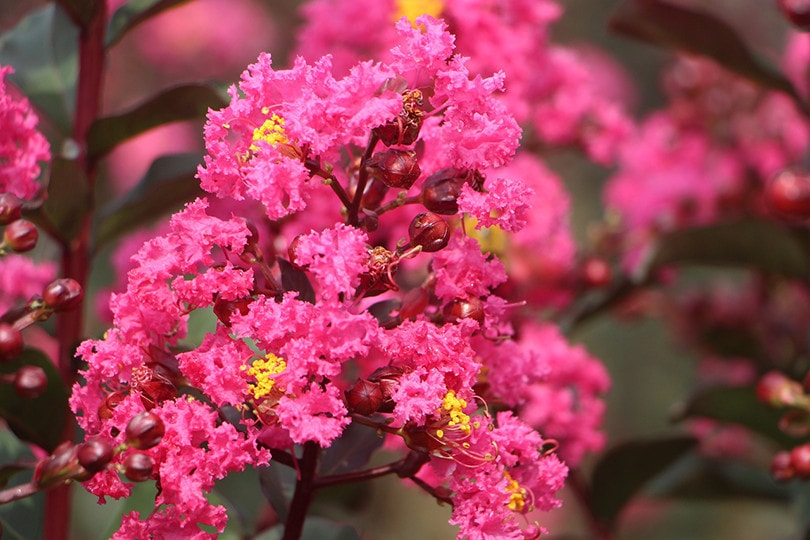
| USDA Growing Zones | 6–9 |
| Sun Exposure: | Full sun |
| Soil Needs: | Average, medium moisture, and well-drained |
Crape myrtle grows like a tree in the Southeast, but it looks like a shrub in colder environments. It resists a variety of problems, including mildew and pests. The plant will need to be pruned in the spring for it to have a beautiful shape.
7. Japanese Forest Grass
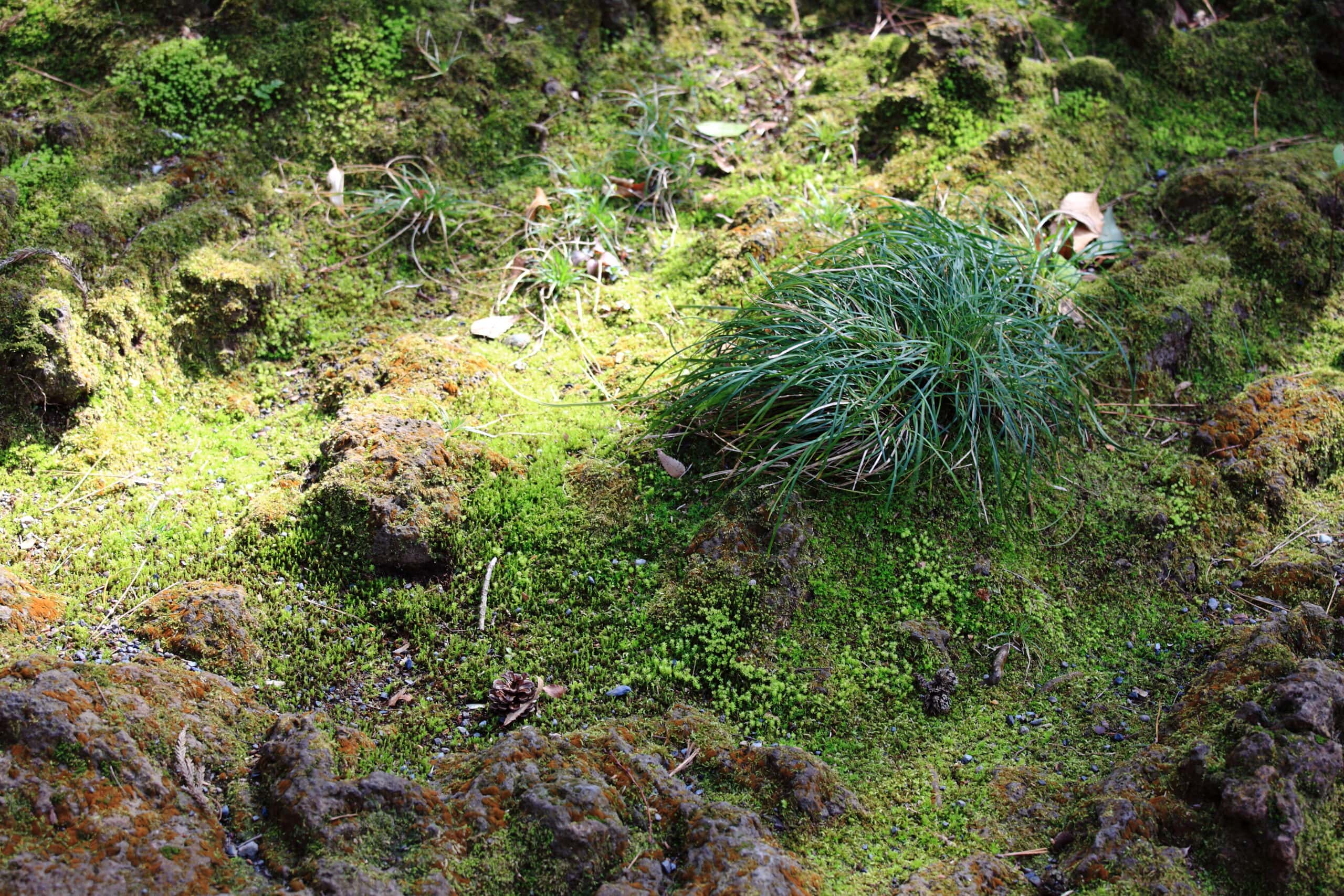
| USDA Growing Zones | 5–9 |
| Sun Exposure: | Part shade |
| Soil Needs: | Humus, moist, and well-drained |
Japanese forest grass is one of the most popular foliage plants. It grows quickly and evenly, but it isn’t invasive. It tolerates pollution and many scenarios. It needs a little bit of shade, or else it will get burnt.
8. Creeping Liriope
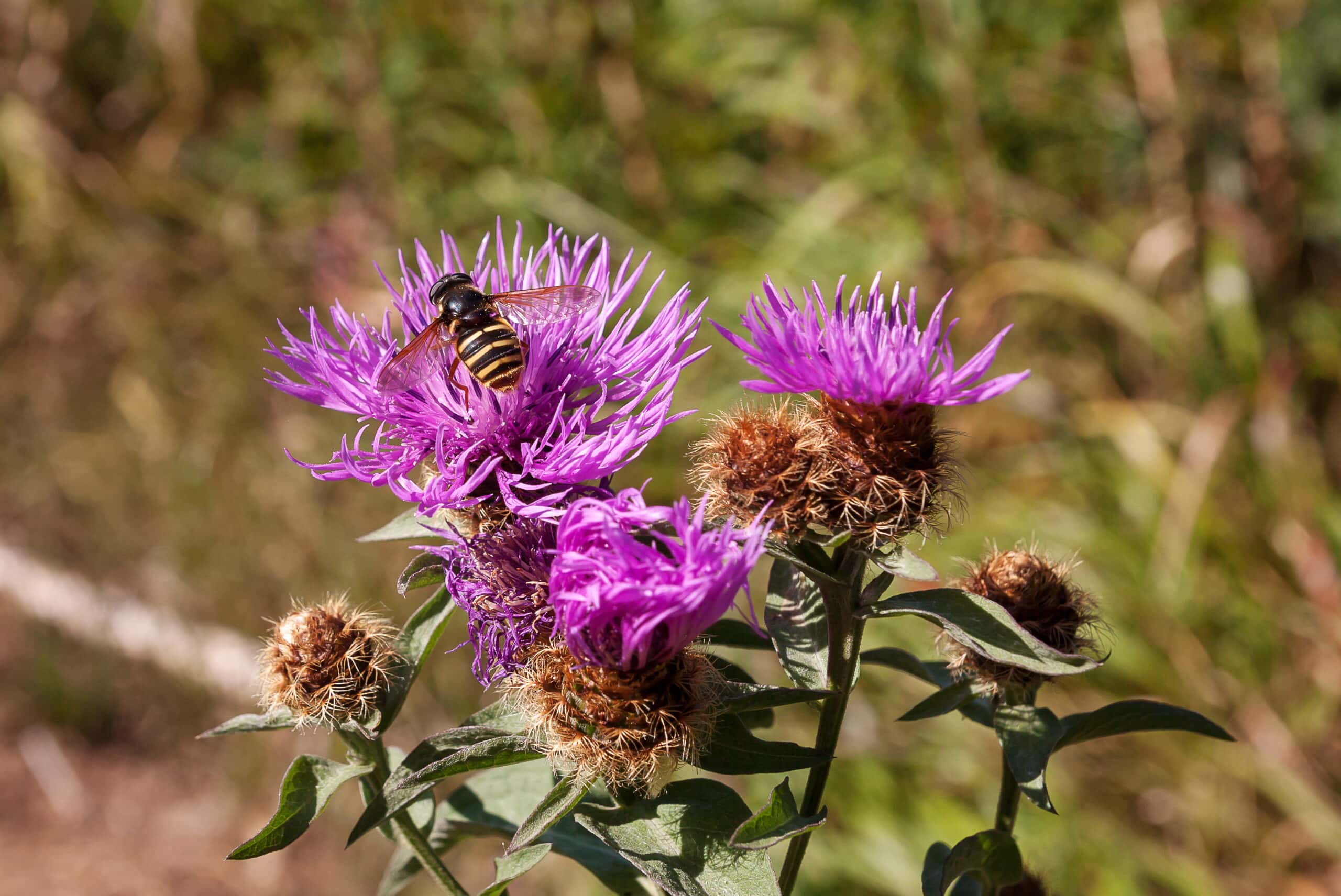
| USDA Growing Zones | 4–10 |
| Sun Exposure: | Full sun to part shade |
| Soil Needs: | Average, medium moisture, well-drained |
Creeping liriope is a perennial that looks like grass, but it also has flowers that look somewhat like lavender. This makes it a beautiful foliage plant. It is resistant to droughts, pests, and most other scenarios.
9. Black Mondo Grass
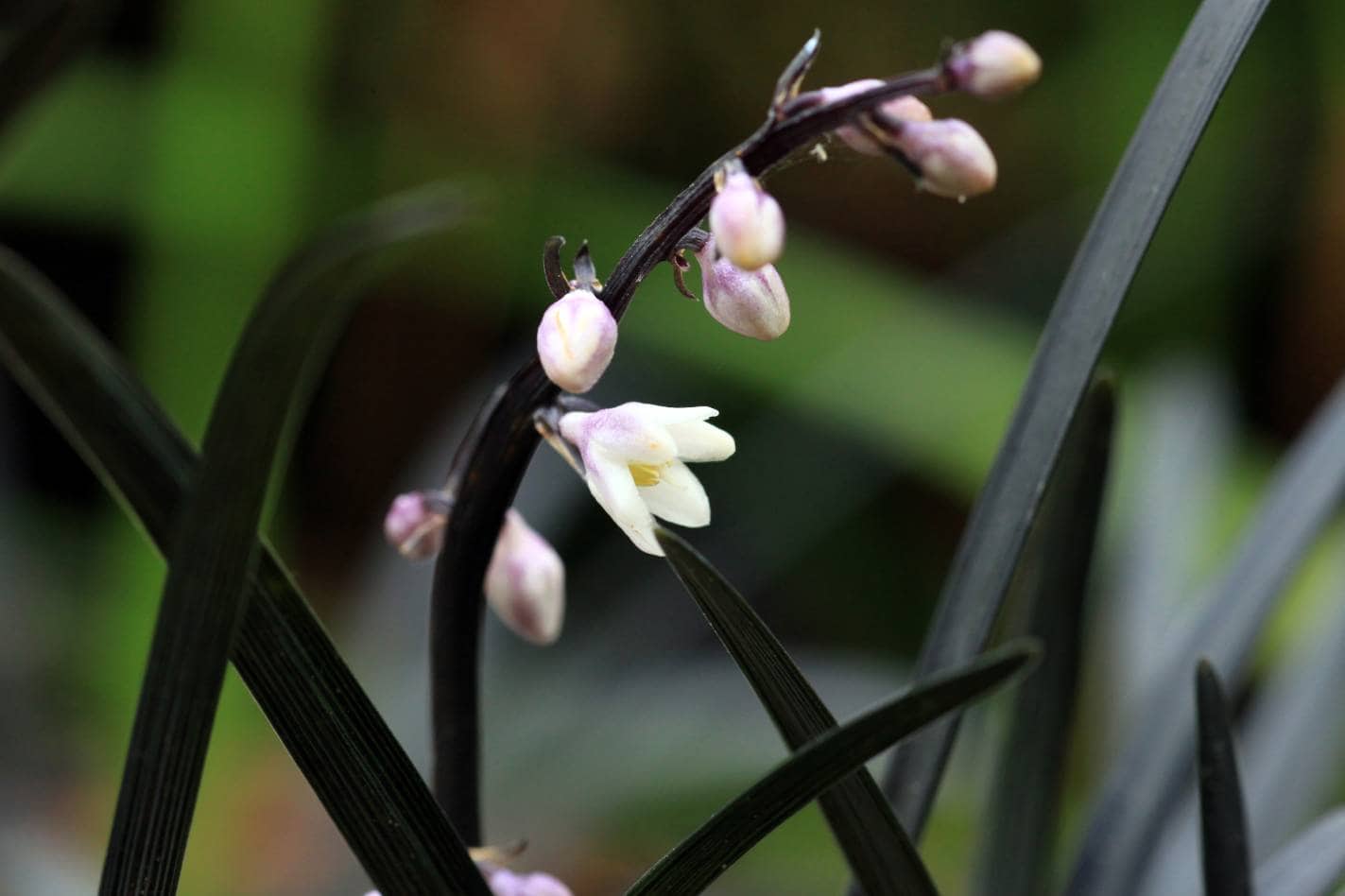
| USDA Growing Zones | 6–9 |
| Sun Exposure: | Full sun to part shade |
| Soil Needs: | Humus, moist, and well-drained |
Black mondo grass is one of the most breathtaking foliage plants. It has a purplish-black color that grows in clumps. Despite its exotic appearance, this plant grows pretty well on its own. You will need to maintain the grass clumps when they become overgrown, but this can take a while.
10. Blue Fescue
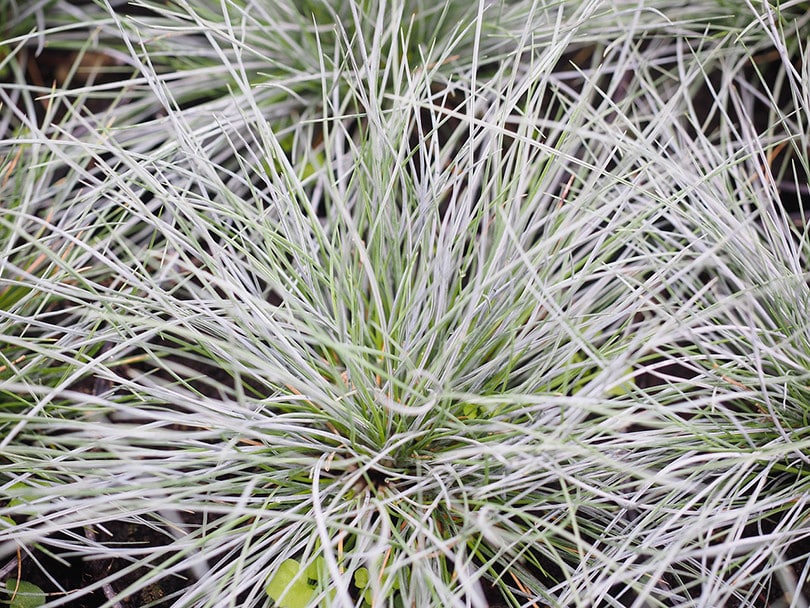
| USDA Growing Zones | 4–8 |
| Sun Exposure: | Full sun |
| Soil Needs: | Average, dry to medium moisture, and well-drained |
Blue fescue is a low-maintenance ornamental grass. It grows in low clumps that make great foliage. This grass handles drought and pollution very well, and it stays tidy on its own. You will only need to maintain these plants once every few years.
11. Impatiens

| USDA Growing Zones | 10–11 |
| Sun Exposure: | Part to full shade |
| Soil Needs: | Rich, moist, and well-drained |
Impatiens are great if you have a shady yard. These brightly colored flowers don’t need a lot of sun and they don’t require much effort either. Just don’t plant one of these flowers until you know there is no more frost in the near future.
12. Columbine
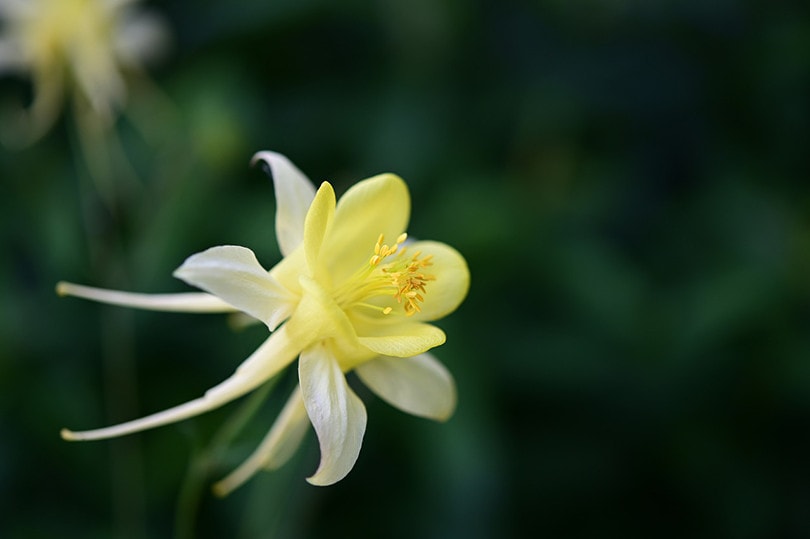
| USDA Growing Zones | 3–8 |
| Sun Exposure: | Full sun to part shade |
| Soil Needs: | Average, medium moisture, and well-drained |
Columbine is native to North America. There are different varieties of it so that you can match the flower to your environment and local weather. You don’t have to do much to maintain this flower, especially if you select a variety native to your area.
13. Lamb’s Ear
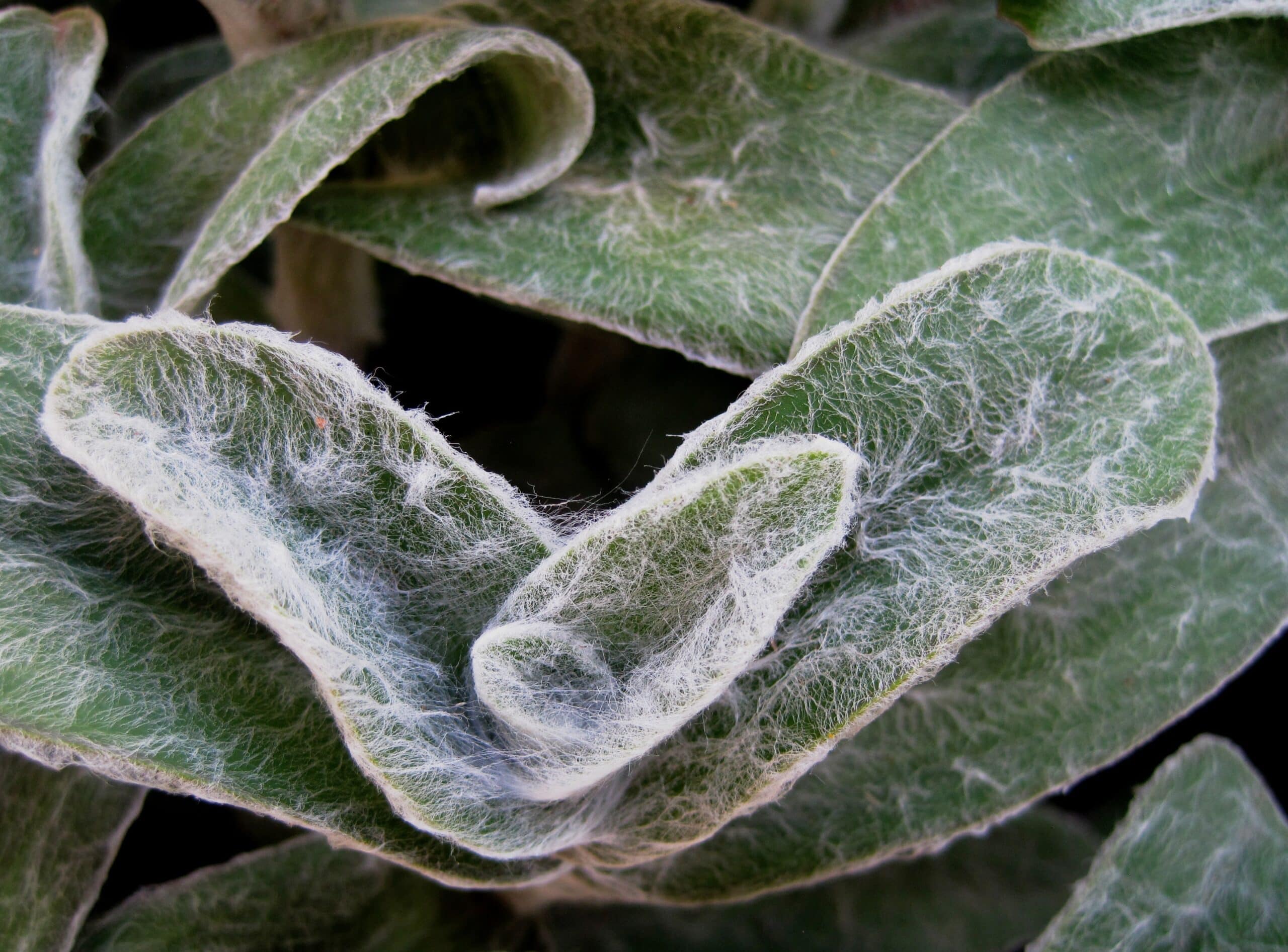
| USDA Growing Zones | 4–8 |
| Sun Exposure: | Full sun |
| Soil Needs: | Average, dry to medium moisture, and well-drained |
Lamb’s ear is one of the best foliage plants to get if you are a beginner. The leaves have a velvety soft like appearance and touch, after which the plant is named. They are resistant to droughts, pests, and can grow in poor soil. Don’t overwater, and the plant will thrive.
14. Adam’s Needle
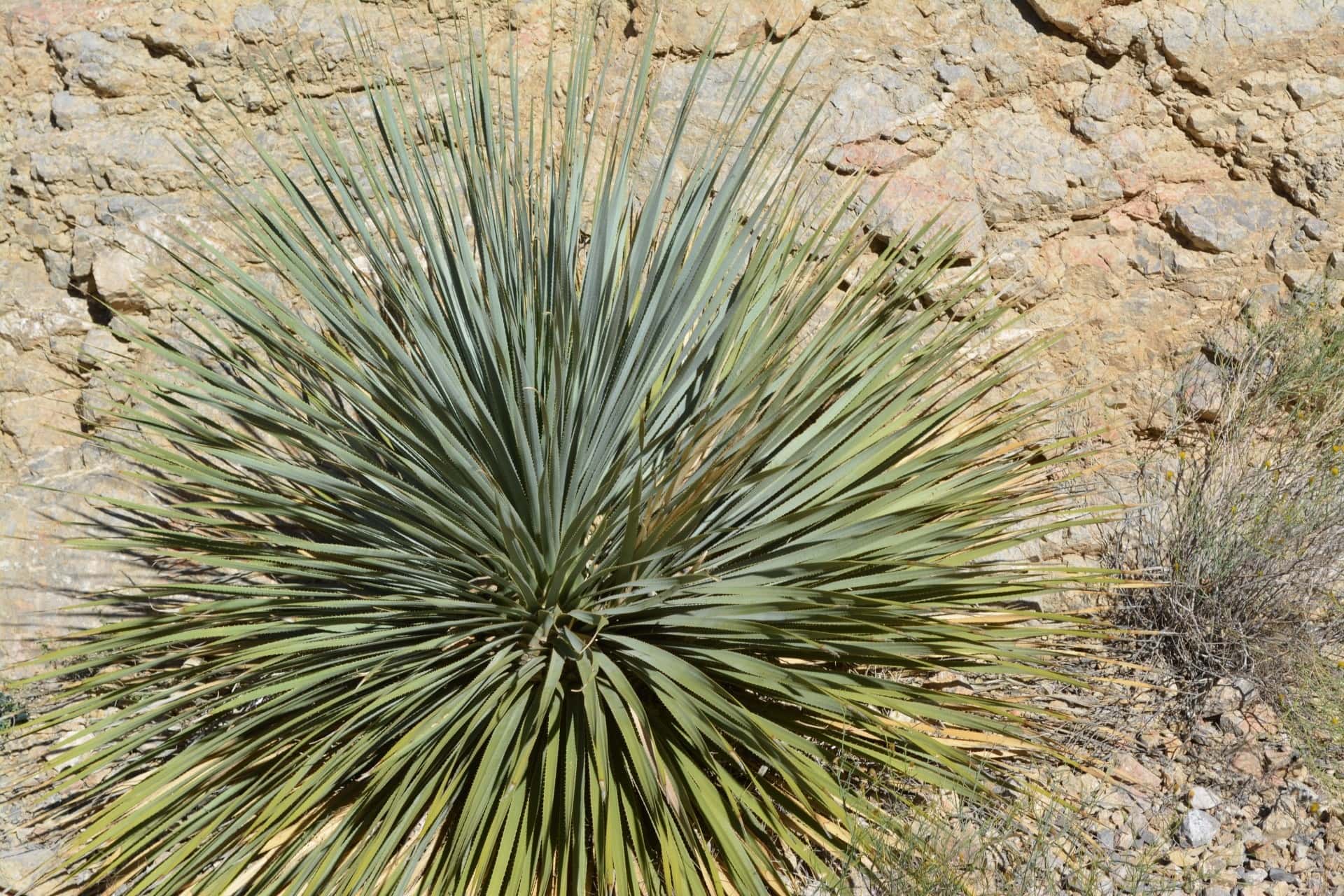
| USDA Growing Zones | 5–10 |
| Sun Exposure: | Full sun |
| Soil Needs: | Dry to medium moisture, and well-drained |
Adam’s needle is a type of succulent that is very hardy. It’s fantastic if you have rock gardens. Most maintenance is optional. It only needs some light watering. You could trim the flower stalks if you want, but that is optional.
15. Angelina Stonecrop
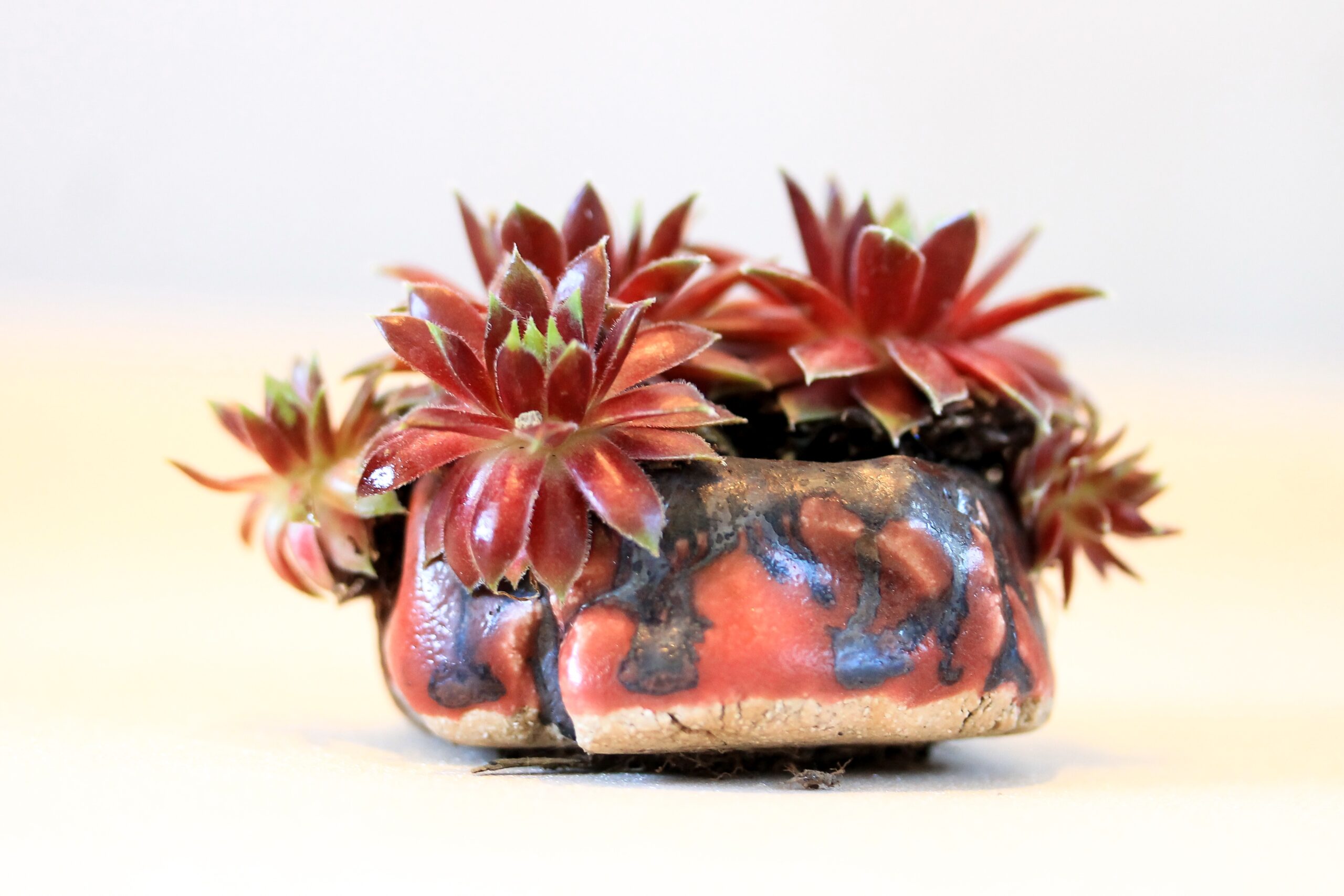
| USDA Growing Zones | 5–8 |
| Sun Exposure: | Full sun |
| Soil Needs: | Sandy, gravelly, dry to medium moisture, and well-drained |
Angelina stonecrop is a rather odd looking plant, but it is beautiful and easy to grow. It is a bright yellow plant that blooms in the summertime. It spreads easily over the ground and resists bad soil and drought.
16. Creeping Juniper

| USDA Growing Zones | 3–9 |
| Sun Exposure: | Full sun |
| Soil Needs: | Average, medium moisture, and well-drained |
Creeping juniper will cover a lot of ground. It is an Evergreen shrub that adapts to many growing conditions. It is sensitive to wet soil. So, make sure you have good drainage.
17. Petunia
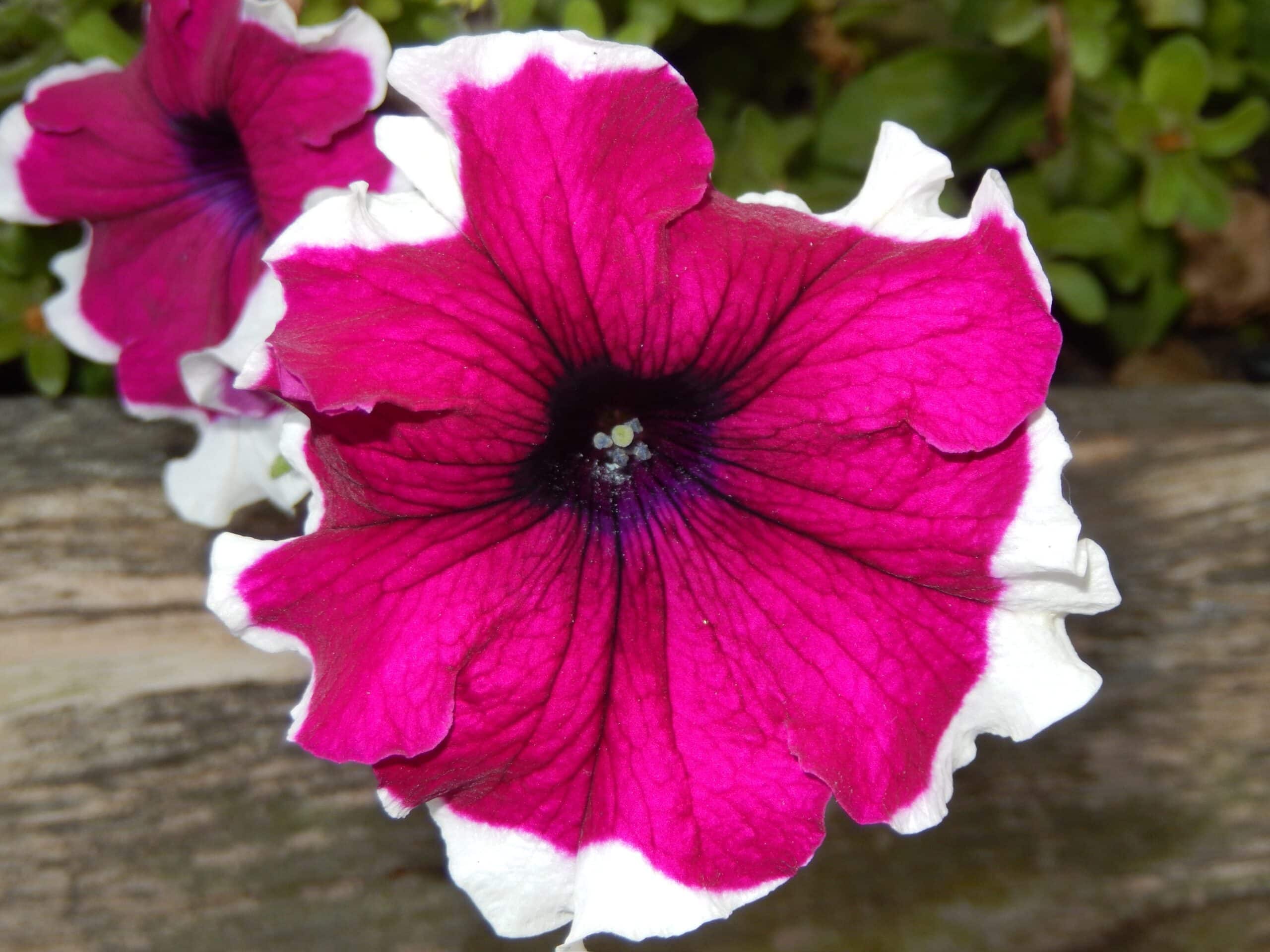
| USDA Growing Zones | 9–11 |
| Sun Exposure: | Shade |
| Soil Needs: | Fertile, sandy |
Petunias are one of the most reliable annuals. They can come in many colors and patterns, making them a favorite among gardeners. Plus, they have a very long flowering period. There is very little you have to do with this plant.
18. Sunburst Honeylocust

| USDA Growing Zones | 3–8 |
| Sun Exposure: | Shade |
| Soil Needs: | Ric, moist, and well-drained |
Most trees are difficult to grow, but that is not the case for the sunburst honeylocust. It is tolerant to many conditions, and deer don’t come near it. The foliage is a bright yellow during the spring and fall. It naturally comes with thorns, but you can select a thornless variety instead.
19. Lenten Rose
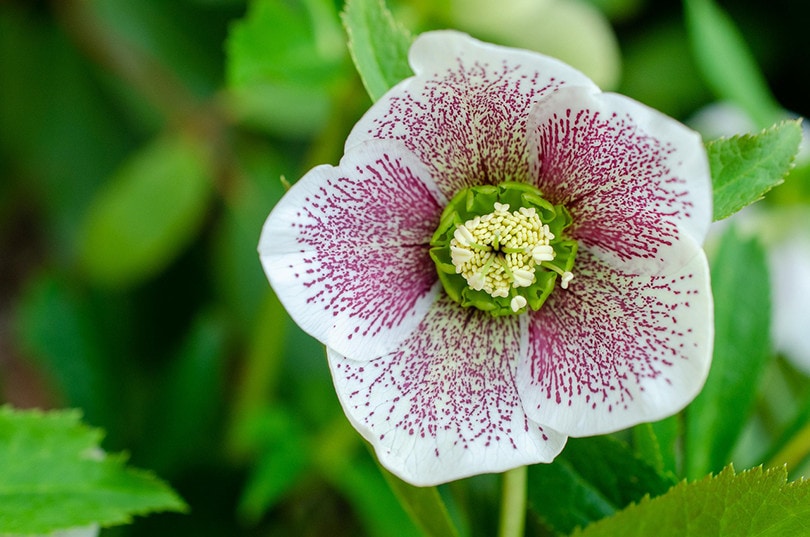
| USDA Growing Zones | 4–9 |
| Sun Exposure: | Part to full shade |
| Soil Needs: | Rich, moist, and well-drained |
The lenten rose is a flower that looks difficult to grow, but it is quite easy. The blooms last for a long time, and you don’t need to do anything during the process. The only thing you need to do is plant the bulbs in small, clump-like forms in an area that is safe from strong winds.
20. Agave

| USDA Growing Zones | 8–9 |
| Sun Exposure: | Full sun |
| Soil Needs: | Rocky or sandy and well-drained |
Agave is great if you live in a dry environment. This plant is native to arid and semi-arid regions, such as in the Caribbean, Mexico, and southwestern United States. It can withstand most conditions, such as drought.

Outside Plant Growing Tips
To start growing plants outside, there are three things you need to understand: USDA growing zones, sun exposure, and soil needs. Understanding these three things can allow you to select the best plant based on your environment.
USDA Growing Zones
The USDA growing zones are a standard that gardeners use to determine which plants will thrive in an area. The USDA growing zones can be seen on a map. You will want to select plants that thrive in whichever growing zone you live in.
Many of the plants above live in many growing zones. The more growing zones a plant can live in, the more adaptable it is. Some plants can only live in one or two zones, but they live there very easily.
Sun Exposure
Plants have different sun exposure needs. Plants that require full sun need to have at least six hours of direct sunlight every day. Part sun or part shade plants will only need three to six hours of sunlight. In contrast, shade plants need less than three hours of direct sunlight.
If you do not provide a plant with enough sun, they will not be able to undergo photosynthesis, which is required for them to grow and thrive. On the flip side, exposing a plant to too much sunlight can cause sunburn on the leaves.
Soil Needs
One of the most difficult parts of growing plants outside is knowing what kind of soil is in your yard. Not all soil is the same, and plants thrive in particular soil conditions. Some plants need soil that is rich in nutrients, whereas others are OK in sandy or rocky conditions.
Test the conditions of your yard with a soil sampling test. This test will tell you what kind of soil you have. From there, you can adjust the soil and select plants that would thrive there.
Conclusion
If you can’t seem to keep a plant alive or have never tried gardening before, try out the plants above. These plants are notorious for growing easily with minimal experience or effort on your part.
The most important thing to do is select a plant based on your USDA growing zone, sun exposure, and soil type. If you do this, you should be able to grow a beautiful garden in no time!
See also: Moving Your Indoor Plants Outside For Summer – 6 Key Tips
Featured Image Credit: Halfpoint, Shutterstock
Contents

